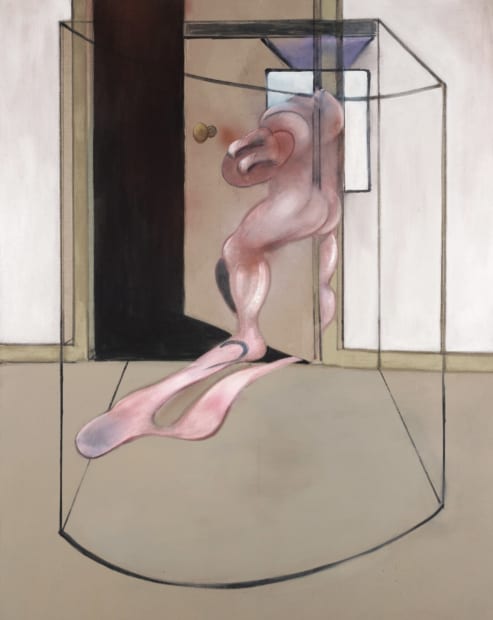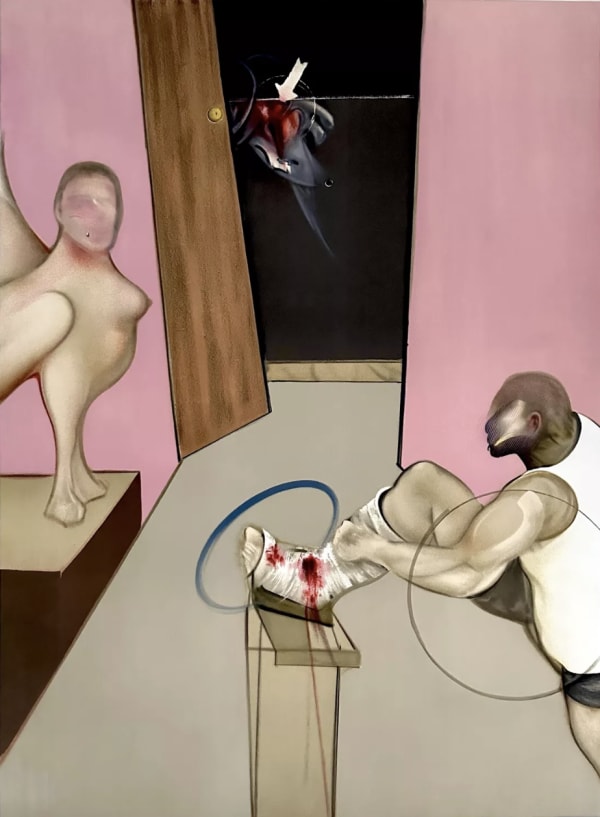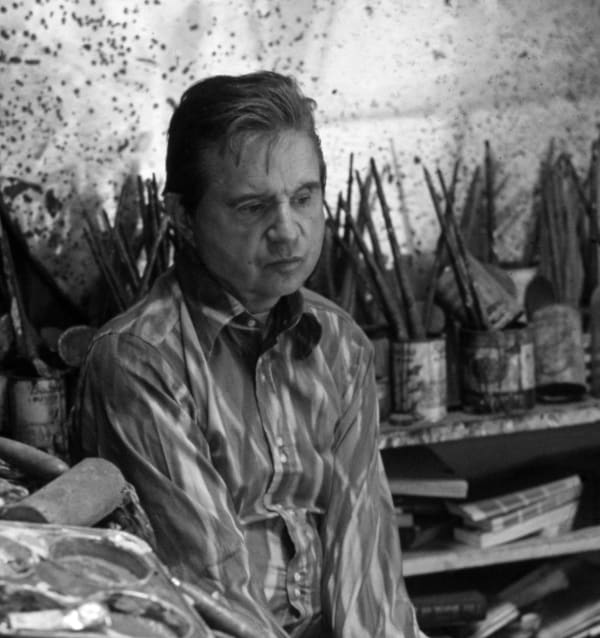-
 Triptych Inspired by the Oresteia of Aeschylus, 1981Oil on canvas, 198 x 147.5cm©The Estate of Francis Bacon, Image reproduced for educational purposes only.
Triptych Inspired by the Oresteia of Aeschylus, 1981Oil on canvas, 198 x 147.5cm©The Estate of Francis Bacon, Image reproduced for educational purposes only. -
The job of the artist is always to deepen the mystery.
- Francis Bacon
At its core, The Oresteia is a story about transformation, not only of individuals but of civilisation itself. It begins in chaos, ruled by vengeance and blood, and ends with the fragile hope of justice and order. Yet even as peace is restored, the sense of unease remains; violence, guilt and fate continue to linger beneath the surface. This ambiguity fascinated Bacon, who saw in Greek tragedy a reflection of modern life: the tension between control and chaos, civilisation and instinct. His Triptych, Inspired by the Oresteia of Aeschylus turns these timeless conflicts into something physical and immediate, translating ancient moral struggle into a vision of raw human experience.



